“Think again about your life, parents, brothers, sisters and children. Don’t suffer alone, talk to someone,” this inscription adorns the entrance to the notorious Aokigahara forest - the Forest of Suicides. Why do hundreds of Japanese come here to end their lives and why is this forest so famous? 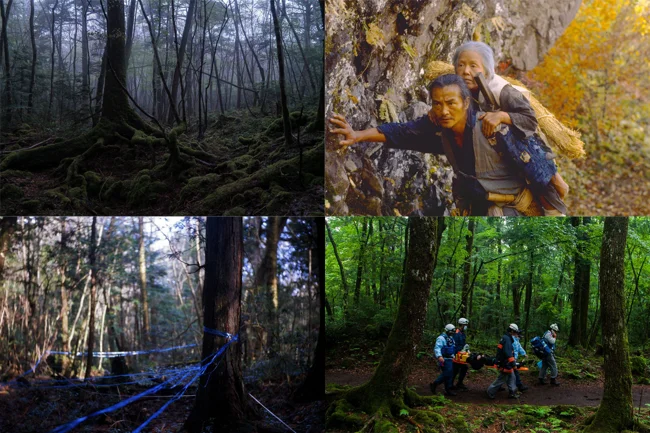
First of all, it is worth noting that the forest’s reputation has not always been this way. Yes, the forest itself is very gloomy, and its history is extremely sad.
In general, Aokigahara is a relatively young forest near Tokyo. Sometimes they even come here to climb Mount Fuji (which is located right there). It is impossible to grow anything here, so the forest has remained untouched since its inception. 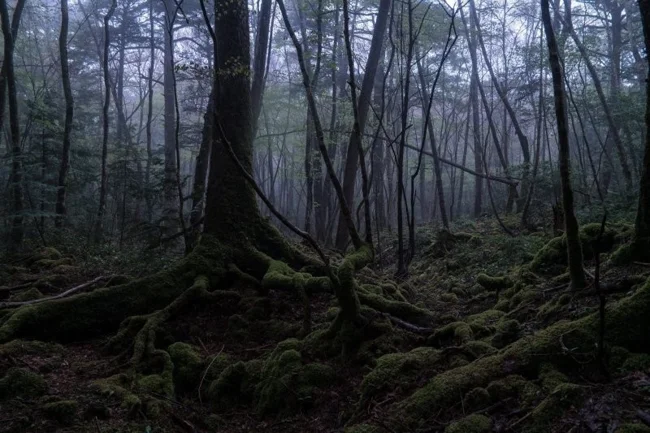
The forest is also unusual in that, due to the wide trees and landscape features, there is almost no wind here, and there are not so many animals.
Perhaps partly because of the beautiful nature, hiking trails and abundance of picturesque but gloomy caves, the forest is very popular among tourists and Tokyo residents. But what about the sad story?
The fact is that back in the Middle Ages, poor people brought elderly relatives here to meet their last century - according to the “ubasute” tradition. 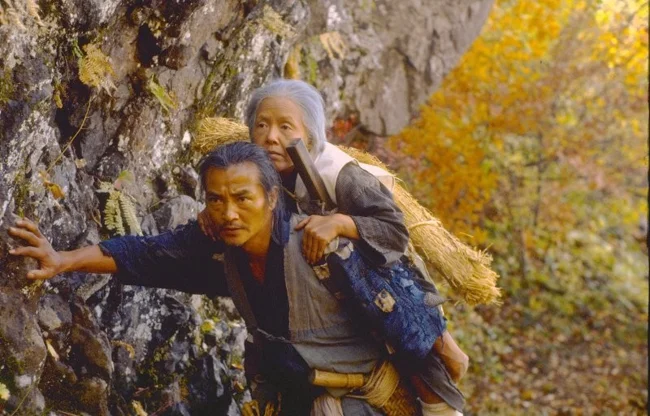
Most often, according to this tradition, old people were taken to the forest in lean and hungry years in order to rid the family of those who did not invest in the household.
The tradition became the basis of the plots of many legends, one of them is about Obasuteyama. This tale tells how a daimyo threatened all his subjects to take “old men” who were over 60 years old to a mountain forest and abandon them there. As a result, the two brothers were forced to send their father to the forest, but he turned out to be smarter, and in the end their father was returned to the city. The plot, in general, is very interesting, and is similar to fairy tales: there is wisdom, trials, and morality.
As for Aokigahara, many residents of Edo (the old name of Tokyo) and nearby villages left their elderly here. Therefore, later the superstitious Japanese (just remember how many urban legends and horror stories they have!) decided that all kinds of evil spirits lived here: ghosts, spirits, demons. And why? But because the gods cannot escort all the dead to the next world. 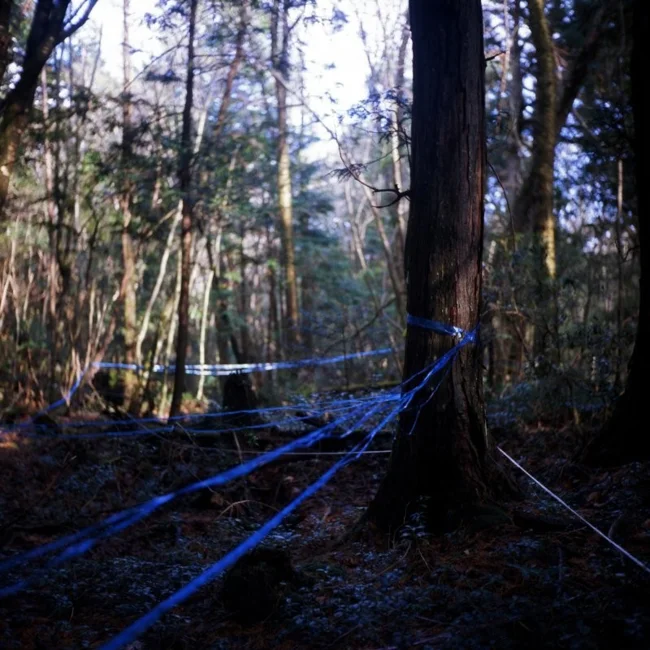
And supposedly now there are many aggressive otherworldly forces here who seek to destroy everyone who, out of their stupidity, wanders into the forest.
In addition, compasses do not work here, which also creates mysticism. But everything is explained simply: in the ground under the forest there are huge deposits of iron ore, and the ground itself is volcanic rock. And all the stories and tales about the place are shattered by the arguments of skeptics who claim that there is nothing unusual in the forest. 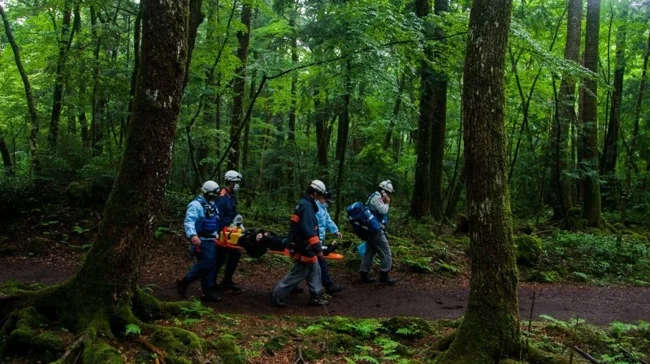
But the forest is most famous, of course, for the sad cases of suicide. Interestingly, Aokigahara is the second most popular place for suicide in the world. The first, by the way, is the Golden Gate Bridge (Golden Gate, the huge and famous red bridge) in San Francisco.
Every year, about a hundred bodies of those who decided to commit suicide are found in this forest. Every year this figure changes, and not for the better. More often than not, people choose the gallows or drug poisoning. At the same time, corpses are not always found - it can take weeks, or even months, before one or another poor fellow is finally discovered. 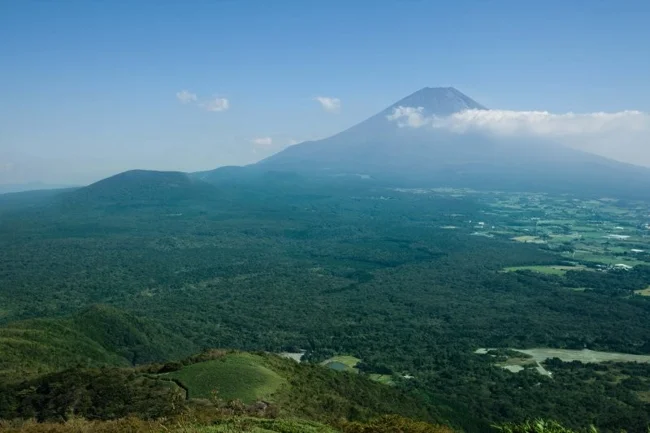
And not everyone is being looked for. Simply because many people end their lives precisely because of loneliness or problems at work and in their personal lives (which, by the way, is why some people “evaporate”). Therefore, as some eyewitnesses report, here often, after taking a few steps from the path, you can already find scattered things or medicines.
Such popularity of the place for suicides has roots not only in folklore, but also in literature. The Japanese Seite Matsumoto, in his novel “Tower of Waves” (published in 1961), tells the story of a couple who decides to commit suicide in Aokigahara and how a local policeman investigates this dark case. 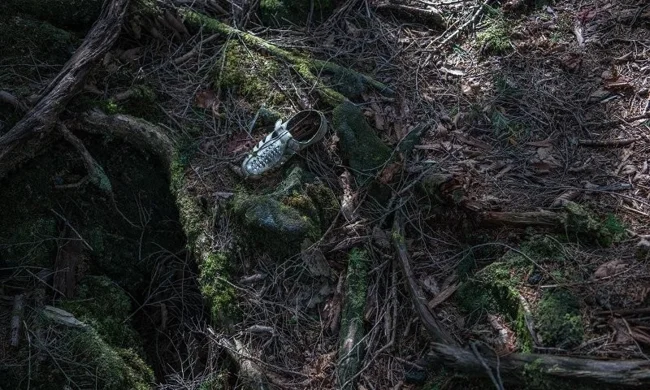
Then, in 1993, the book “The Complete Guide to Suicide,” authored by Wataru Tsurumi, was published in the country. This author says that Aokigahara is a great place to say goodbye to a boring life. The book also recommends methods, but we won’t say which ones.
The book sold a huge circulation of 1.2 million copies. And soon more bodies were found in the forest than usual, with this book on them.
In general, suicide is the scourge of modern Japan. Here, unfortunately, it has become the norm to overexert yourself emotionally and physically. 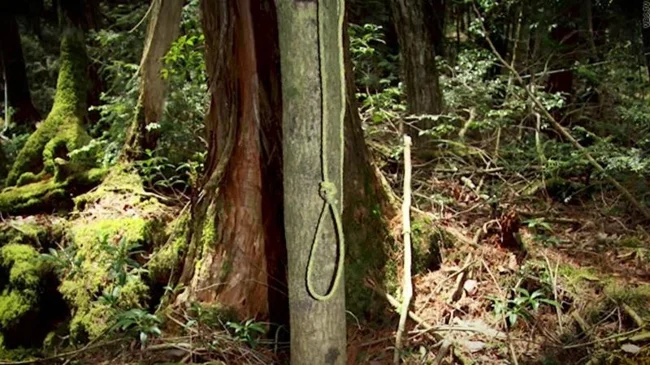
People here sometimes work for about 12 hours, and then go home, and there is nothing waiting for them there. And if he does, don’t forget that in Japan there are very high prices for literally everything, especially in Tokyo. Sometimes the middle class has to survive, and those who are poorer live in tiny rooms.
It’s also not customary here to complain or talk about problems, which can, in general, help at least relieve stress. This is partly why the level of alcoholism is high here.
Therefore, suicide is sometimes committed even by seemingly prosperous people who simply lost their jobs due to layoffs. Because it's embarrassing. And the cult of shame in Japan is exactly what society rests on. 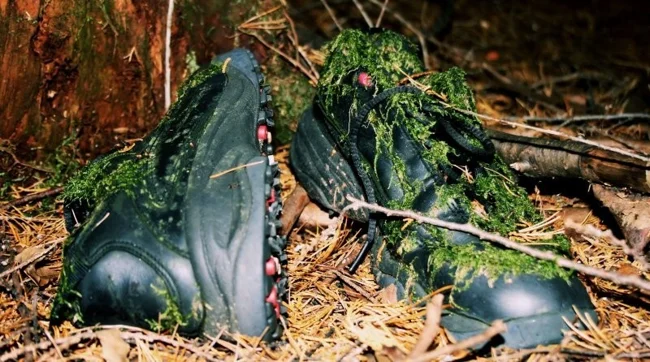
In addition, there is a widespread tradition of dying with dignity. Old people who are left without the attention of their children often commit suicide: they do not want to go to nursing homes and hospices. And loneliness sooner or later leads to depression even of the most seasoned person.
This desire is reflected in both the samurai tradition of seppuku (harakiri) and the kamikaze phenomenon during World War II.
Therefore, all the reasons why Aokigahara is filled with the bodies of new victims can be summed up under three things: loneliness, condemnation from society and financial instability.
As for how the authorities are trying to at least slightly reduce the percentage of new cases, this is, of course, prevention, albeit at a late stage. 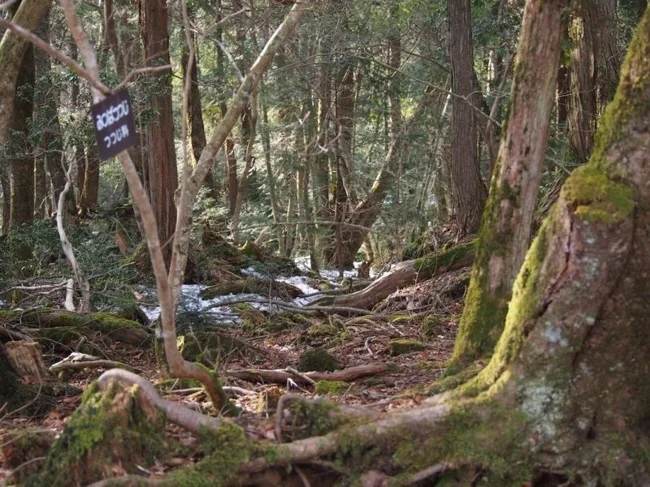
For example, throughout the forest there are signs with messages about suicide and helpline numbers, local stores do not sell any medicines that can seriously harm yourself, and ropes cannot be found in them at all.
Some cashiers have even become adept at identifying tourists who go into the forest with the goal of suicide: they say that such people walk back and forth nearby for some time before going deeper into the forest, and they don’t look anyone in the eye. 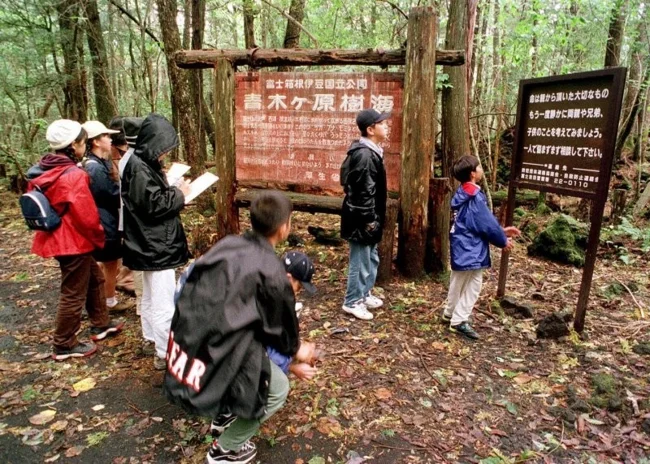
As a rule, it is cashiers who report suspicious cases in the forest. And volunteers and police regularly patrol the forests to prevent possible suicides. More often, single men in office clothes come into their field of vision. These guys almost immediately go with the police.
But still, the number of suicides is growing from year to year. In the West, the forest became especially famous “thanks” to blogger Logan Paul. He was walking there with friends and accidentally came across the corpse of a man. Logan's reaction amazed many people: he was happy and laughed, and then posted the video on YouTube. 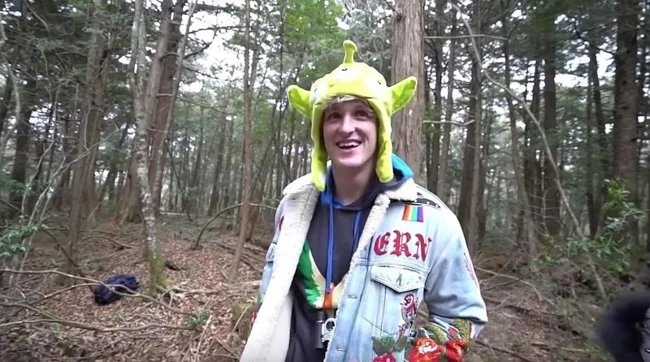
After this, due to the reaction of users, Paul was accused of inappropriate behavior. He, of course, tried to justify himself and attributed his reaction to surprise, but it is unclear why he went to Aokigahara in the first place and why he made the video in the first place. After that, he lost contracts worth millions of dollars and the right to act in films.
However, even without him, Aokigahara remains a dark place. Maybe everything will change with the change of generation, which will become more progressive, but so far the suicide numbers here are only growing.
0 comments

